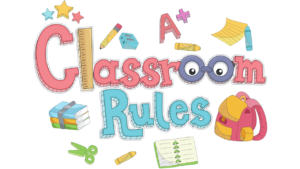Drawing is a wonderful and creative activity for kids that helps develop fine motor skills, imagination, and self-expression. Here’s a guide to organizing drawing activities for kids:
Materials:
- Paper: Provide a variety of paper sizes and types.
- Drawing Tools:
- Crayons
- Colored pencils
- Markers
- Watercolor paints
- Pastels
- Erasers and Pencil Sharpeners: If using pencils, ensure there are erasers and sharpeners available.
- Drawing Surfaces: Clipboards or hard surfaces for stability, especially if drawing outdoors.
Steps:
- Set Up the Drawing Area:
- Create a designated space with all the necessary materials. Ensure there’s enough space for each child to work comfortably.
- Choose Drawing Tools:
- Let children choose their preferred drawing tools. Encourage experimentation with different mediums to explore colors and textures.
- Themes or Prompts:
- Optionally, provide themes or prompts to inspire their drawings. For example, “draw your favorite animal,” or “imagine you’re in outer space.”
- Demonstrate Basic Techniques:
- If children are new to drawing, demonstrate basic techniques like lines, shapes, and simple forms. Show them how to create different textures and shading.
- Encourage Creativity:
- Emphasize that there are no right or wrong ways to draw. Encourage creativity and originality. Each child’s interpretation is unique.
- Provide Inspiration:
- Display pictures or images that might inspire the children’s drawings. This could include nature scenes, animals, or famous artworks.
- Drawing Games:
- Introduce drawing games to make the activity more engaging. For example, play “Roll-a-Dice Drawing,” where each side of the dice corresponds to a specific drawing instruction (draw a circle, a zigzag line, etc.).
- Group Activities:
- If working with a group, consider collaborative drawing activities where each child contributes to a larger artwork.
- Artistic Challenges:
- Present challenges like drawing with their non-dominant hand or creating a drawing using only three colors. This adds an element of fun and helps develop different skills.
- Art Display:
- Once the drawings are complete, create a display area to showcase the children’s artwork. This can be a wall in the classroom or a designated section at home.
Tips:
- Positive Reinforcement: Provide positive feedback and praise for their efforts rather than focusing on the end result.
- Be Patient: Allow children to take their time. Drawing is a process, and each child works at their own pace.
- Share and Discuss: After the drawing session, encourage children to share and discuss their artwork. This fosters communication and boosts confidence.
Remember that the primary goal is to encourage creativity and self-expression. Drawing is a joyful activity that allows children to explore their imagination and develop important skills.




